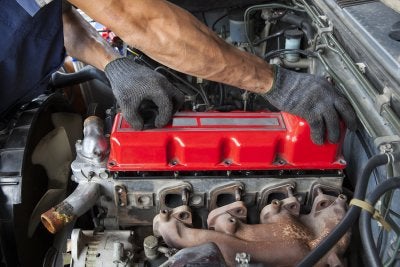If you suspect that there might be something wrong with your automatic transmission, don’t delay visiting an experienced transmission repair shop in Silverspring or Bethesda Transmission problems will only get worse over time, so while you might not want to spend money on transmission repairs at the moment you stand to spend a lot more in the future if you wait. You may feel more prepared and less anxious about visiting a transmission repair shop if you know more about the process of automatic transmission repair. 
Step 1: Diagnose the Probl em
The first step is to diagnose what’s wrong with your transmission and what’s causing the problem. A thorough transmission diagnostic is the only way to ensure that the exact problem that’s causing your transmission issues is fixed. When you’re looking for a transmission repair shop in the surrounding areas of D.C, be sure to ask about their diagnostic services and make sure this is a part of their transmission repair process.
Step 2: Discuss Your Options
After diagnosing the problem, the next step is to review the findings and explain to you exactly what’s going on inside your transmission. Next, your transmission repair technician will lay out your options and discuss the pros and cons of repairing or replacing your transmission. Not all transmission problems require replacement, but it may be a good idea depending on the age and condition of your transmission.
Step 3: Repair or Replace
The final step is to carry out the service that you agreed on with your transmission expert. After the transmission is repaired or replaced, the technician will perform a final road test and diagnostic to ensure that your new transmission is operating without issue. When your vehicle is returned to you, your technician should explain the details of the warranty and what to do in the event that your repaired or rebuilt transmission experiences any problems—though that is unlikely if you bring your vehicle to a highly-rated transmission shop.

